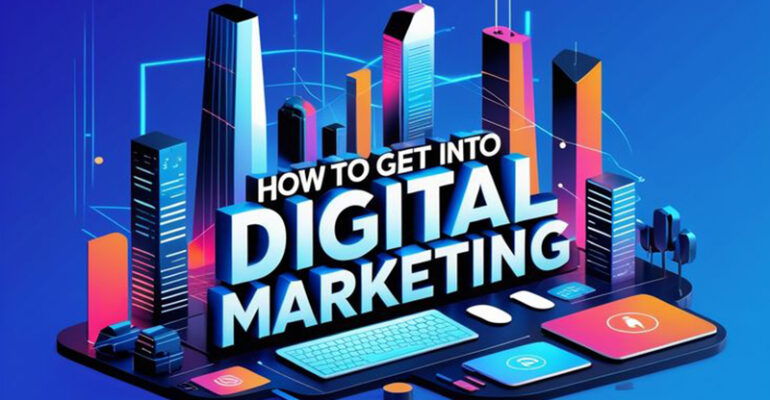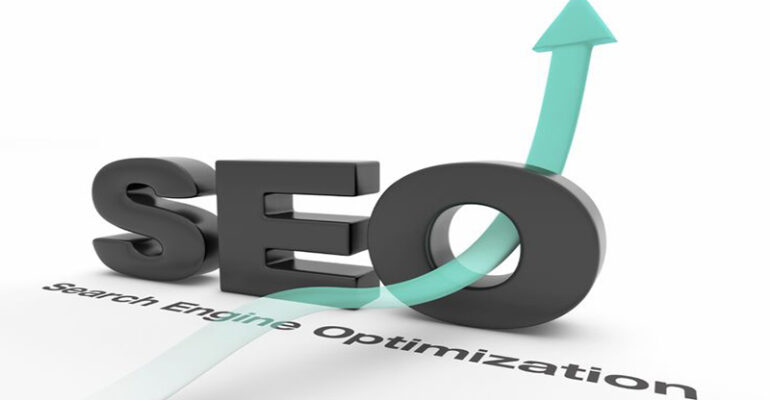How to Measure the Success of Your Digital Marketing Campaigns in the UAE?
Introduction:
Digital marketing has become a cornerstone for businesses in the UAE, offering unprecedented opportunities to connect with a diverse and tech-savvy audience. However, just launching a campaign isn’t enough – measuring its success is essential to understanding its impact and refining future strategies. In the fast-paced world of digital marketing, where trends evolve rapidly, businesses need reliable metrics to gauge performance. So, how can you effectively measure the success of your digital marketing campaigns in the UAE? Let’s dive into the most effective ways to track your campaign performance and ensure you’re on the right path.
Understanding Key Metrics for Success
1. Website Traffic and User Behavior
One of the most straightforward indicators of success is how much traffic your campaign drives to your website. Monitoring the number of visitors can give you insights into the reach of your digital campaign. However, traffic alone doesn’t tell the full story – you need to dive deeper into user behavior. Tools like Google Analytics allow you to track metrics such as bounce rates, average session duration, and pages per session, all of which help you understand how engaged visitors are. In the UAE, where mobile usage is on the rise, it’s crucial to track how well your website performs on mobile devices.
2. Conversion Rate and ROI
Ultimately, the success of any digital marketing campaign comes down to conversions – whether that means making a sale, capturing leads, or getting sign-ups. Conversion rate is one of the most important metrics to track, as it shows how effectively your campaign turns visitors into customers. Calculating the return on investment (ROI) helps you understand whether your campaign is financially viable. By comparing the revenue generated against the cost of the campaign, you can determine its overall effectiveness. In the UAE’s competitive market, optimizing conversions is critical to maximizing your budget.
3. Social Media Engagement and Reach
With social media being a dominant force in the UAE, monitoring your campaign’s performance on platforms like Instagram, Facebook, Twitter, and LinkedIn is essential. Engagement metrics such as likes, shares, comments, and mentions indicate how well your content resonates with your audience. Furthermore, social media reach (the total number of people who saw your posts) can give you insights into the visibility of your campaign. A high engagement rate often indicates that your content is being shared and discussed, which can help extend your brand’s reach in the UAE.
4. Email Marketing Performance
If you’re running email marketing campaigns, tracking key metrics like open rates, click-through rates (CTR), and conversion rates is essential for assessing performance. A high open rate suggests that your subject lines are compelling, while a high CTR indicates that your content is driving action. For businesses in the UAE, personalization is crucial – tailoring emails to your audience’s preferences can significantly improve these metrics and lead to better campaign results.
5. Customer Feedback and Brand Sentiment
While quantitative data is essential, qualitative insights such as customer feedback and sentiment analysis can provide a deeper understanding of your campaign’s success. In the UAE, where consumers are highly active on social media, keeping an eye on what people are saying about your brand can give you real-time feedback. Using sentiment analysis tools can help you understand whether the overall perception of your campaign is positive or negative. Responding to feedback promptly can help you build trust and strengthen your brand image.
Conclusion:
Measuring the success of your digital marketing campaigns is crucial for understanding your performance and optimizing future strategies. From tracking website traffic and conversion rates to monitoring social media engagement and customer feedback, there are numerous ways to assess how well your campaign is resonating with your target audience in the UAE. By using a combination of quantitative and qualitative data, businesses can make informed decisions, improve their digital marketing efforts, and drive better results in this competitive and fast-evolving market.














